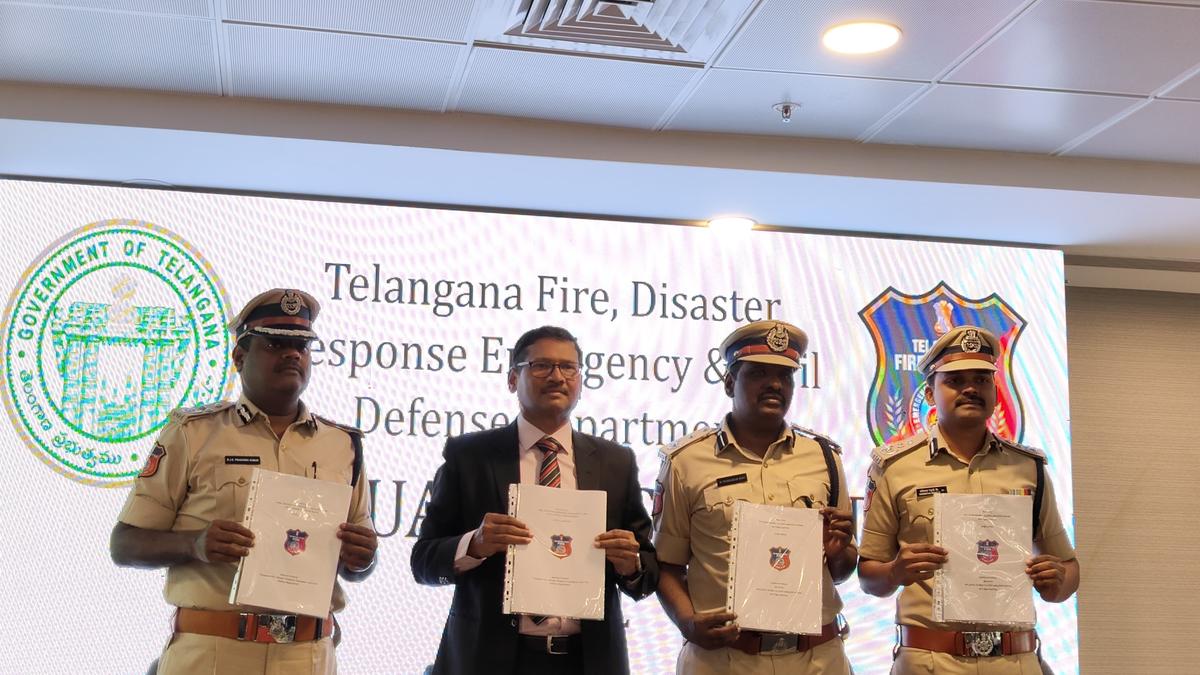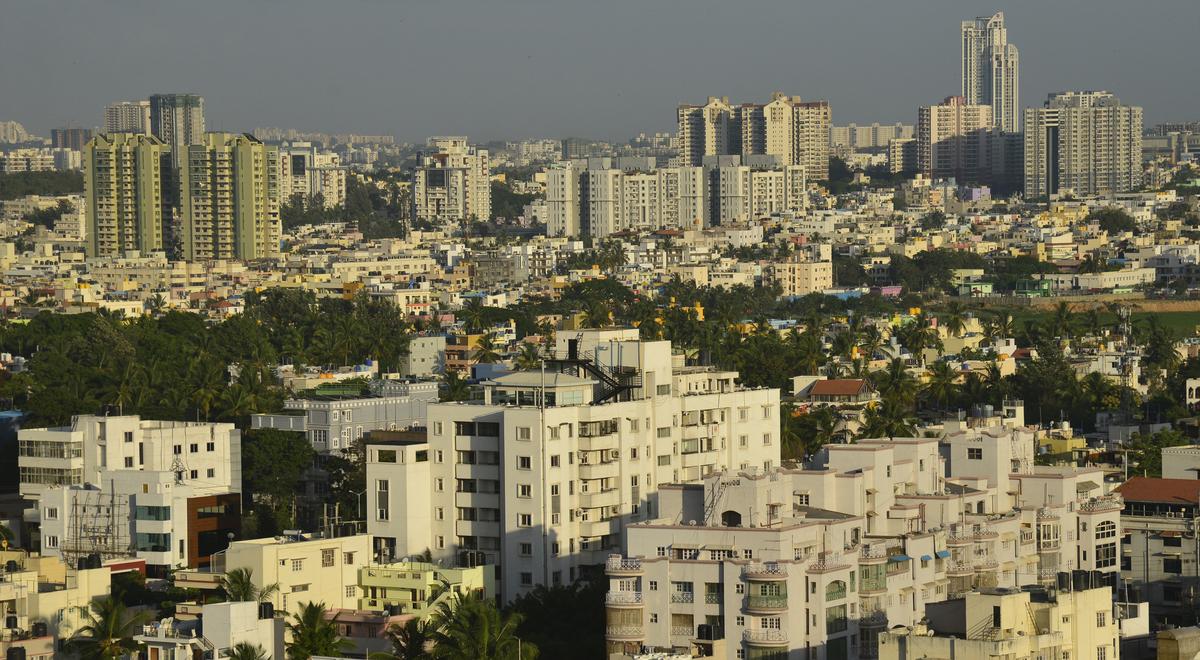The Karnataka Fire and Emergency Services Department has begun a state-wide safety review of schools and hospitals to ensure compliance with fire safety norms. This exercise follows several incidents of fire hazards reported in institutions across India, raising public concern about the vulnerability of children and patients. The department has instructed its regional units to conduct thorough inspections of electrical systems, emergency exits, fire extinguishers, and evacuation protocols. Officials emphasized that the drive is preventive in nature, aimed at identifying lapses before they lead to tragedies, and will cover both government and private establishments.
Preliminary reports indicate that many institutions, especially in smaller towns and rural areas, have failed to update or maintain their fire safety systems. Inadequate emergency exits, poor electrical wiring, and absence of functional extinguishers are among the most common violations. Schools have been warned that overcrowded classrooms and lack of awareness among staff can significantly heighten risks during emergencies. Hospitals, on the other hand, face challenges due to the high concentration of patients on life-support systems, which require both uninterrupted power and clear evacuation strategies. The department has announced that defaulters will face penalties and, in extreme cases, closure notices until compliance is achieved.
The initiative has been welcomed by parents and civil society organizations, who have long demanded stricter enforcement of safety measures in public spaces. Experts say that while fire drills and certifications are mandated by law, their implementation is often treated as a formality, with inspections being infrequent and sometimes overlooked. The fire department’s review, if conducted transparently and with consistency, could establish a culture of accountability. Authorities have also stressed the importance of community participation, urging school staff and hospital administrators to conduct regular safety training to prepare for real emergencies.
Karnataka’s fire safety review marks a pivotal step toward strengthening public trust in schools and hospitals. By addressing compliance gaps, offering training, and linking safety to accountability measures, the initiative seeks to create long-term resilience rather than short-lived fixes. While challenges remain in terms of infrastructure, financial limitations, and sustained monitoring, the government’s approach of combining enforcement with education and technology offers hope for meaningful change. Parents, patients, and communities now look forward to visible improvements, with the expectation that this review will not only reduce risks but also set new benchmarks for safety governance across the state.
Stakeholders Respond to Safety Review
Reactions to the ongoing inspections have been swift, with school managements acknowledging the need for stronger preparedness but also expressing concerns about financial implications. Many smaller private schools said they lack the funds to invest in advanced fire safety equipment and appealed for government subsidies. Similarly, hospital administrators argued that while they are committed to patient safety, constant upgrades in safety systems require substantial expenditure. Parents, however, countered these arguments, stating that safety cannot be compromised for financial reasons, especially in institutions responsible for children and vulnerable patients.
Fire safety experts believe that the current review could be a turning point if it leads to long-term policy reforms rather than temporary compliance. They suggested that Karnataka introduce a centralized monitoring system where safety certifications are digitally recorded and regularly updated. Additionally, periodic surprise inspections could ensure institutions do not slip back into complacency. Some have also called for including fire safety awareness in school curriculums to teach children the basics of evacuation, emergency calling, and safe behavior during fire incidents. The department has assured that it will take stakeholder feedback into account while framing new guidelines.
Toward a Safer Future
The Fire Department’s ongoing initiative reflects an urgent need to prioritize public safety across Karnataka. By focusing on schools and hospitals, the state is addressing two of the most sensitive institutions where lives are particularly at risk. While penalties and enforcement are necessary tools, officials stress that long-term success depends on building a culture of safety through awareness, training, and continuous monitoring. If the review succeeds, Karnataka could set an example for other states to follow, showing how preventive action can protect lives and create trust in public institutions.

The fire safety review in Karnataka has gained urgency because of a series of high-profile tragedies in recent years across India. Incidents in schools and hospitals, including fires that led to significant casualties, have forced governments to rethink their preparedness measures. Officials acknowledge that children and patients are particularly vulnerable, often unable to evacuate quickly without proper planning and infrastructure. This realization has driven Karnataka’s decision to conduct comprehensive inspections rather than wait for disasters to trigger piecemeal responses. The emphasis, according to authorities, is not only on penalizing violators but also on educating institutions about sustainable safety practices.
Experts point out that compliance gaps are often linked to a lack of awareness rather than deliberate negligence. In many smaller schools, teachers and staff are unaware of how to use fire extinguishers or conduct evacuation drills. Hospitals, on the other hand, may have equipment installed but fail to ensure routine maintenance. The fire department is therefore focusing on hands-on training sessions during inspections, showing staff how to respond during emergencies. These demonstrations are meant to encourage institutions to integrate safety into their daily operations rather than treat it as an annual checklist requirement.
Past experiences have shown that enforcement without follow-up often fails. Institutions may pass inspections once but then slip back into unsafe practices over time. To address this, the Karnataka Fire Department is considering periodic surprise audits, particularly in urban clusters where footfall is higher and risks are magnified. Officials have also discussed integrating fire safety status with licensing requirements, meaning institutions that do not maintain compliance could face renewal issues. This, they believe, would create continuous accountability rather than short-term fixes.
The financial aspect of compliance remains a contentious issue. While larger schools and corporate hospitals often have resources to install advanced systems, smaller institutions find the costs daunting. However, safety experts argue that basic compliance, such as functioning extinguishers, proper wiring, and clear exits, is neither expensive nor negotiable. Parents’ groups have urged the government to create a subsidy or grant program for institutions genuinely struggling to meet standards, ensuring that financial limitations do not jeopardize lives. Officials are reportedly exploring such models to balance enforcement with support.

Community involvement is also being seen as a crucial factor in sustaining fire safety. Parents and local residents can play a role in holding institutions accountable by demanding regular updates and insisting on transparency in compliance reports. Fire department officials have encouraged schools to conduct open drills involving parents, both to spread awareness and to reassure families about preparedness. Similarly, hospitals have been advised to communicate their safety protocols to visitors and patients, helping to build trust and readiness. Such community-based approaches, experts believe, can keep institutions vigilant in the long term.
The role of urban planning has also come under scrutiny during this safety review. Many schools and hospitals are located in congested neighborhoods with narrow lanes, posing challenges for fire engines during emergencies. Experts say that while inspections focus on internal safety, external accessibility must also be considered. The fire department is expected to work with municipal bodies to address encroachments, illegal constructions, and blocked access points that could delay emergency response. This integrated approach is seen as essential for ensuring that safety measures are not undermined by infrastructural bottlenecks.
Technology is being tapped to modernize fire safety monitoring. The Karnataka Fire Department is exploring digital dashboards where inspection data, compliance records, and emergency incidents can be tracked in real time. Such systems would allow both authorities and the public to verify an institution’s safety status instantly. Officials believe that introducing transparency through technology could deter institutions from cutting corners. Proposals are also underway to integrate fire safety certifications with online platforms like the education and health department portals, making compliance part of routine governance.
The review has also sparked a discussion about the need for state-wide safety education programs. Experts argue that fire safety should be embedded in school curriculums from an early age, teaching children not to panic during emergencies and to follow basic evacuation steps. Hospitals, too, could benefit from mandatory staff training programs conducted annually, ensuring that new employees are adequately prepared. Policymakers are considering making such programs compulsory, with certifications issued by the fire department to reinforce accountability.

Opposition parties have seized on the safety review to question the government’s past record. They argue that inspections are reactive rather than proactive, often initiated only after accidents elsewhere raise public alarm. Critics also allege that some institutions have historically managed to bypass inspections through influence or corruption. The fire department, however, has dismissed these claims, stating that this year’s drive will be uniform and transparent. Authorities have promised to publish district-wise inspection reports to prove that no institution is given special treatment.
Ultimately, the success of the review will depend on whether it translates into lasting cultural change. Authorities recognize that inspections and penalties alone cannot guarantee safety unless schools and hospitals embrace it as a priority. By combining enforcement with education, community participation, and technological monitoring, Karnataka hopes to build a sustainable safety ecosystem. For parents and patients, the campaign is a reassurance that their concerns are being addressed, but they remain watchful for tangible results. The months ahead will reveal whether this drive becomes a model for other states or fades into a temporary exercise.
Follow: Karnataka Government
Also read: Home | Channel 6 Network – Latest News, Breaking Updates: Politics, Business, Tech & More

